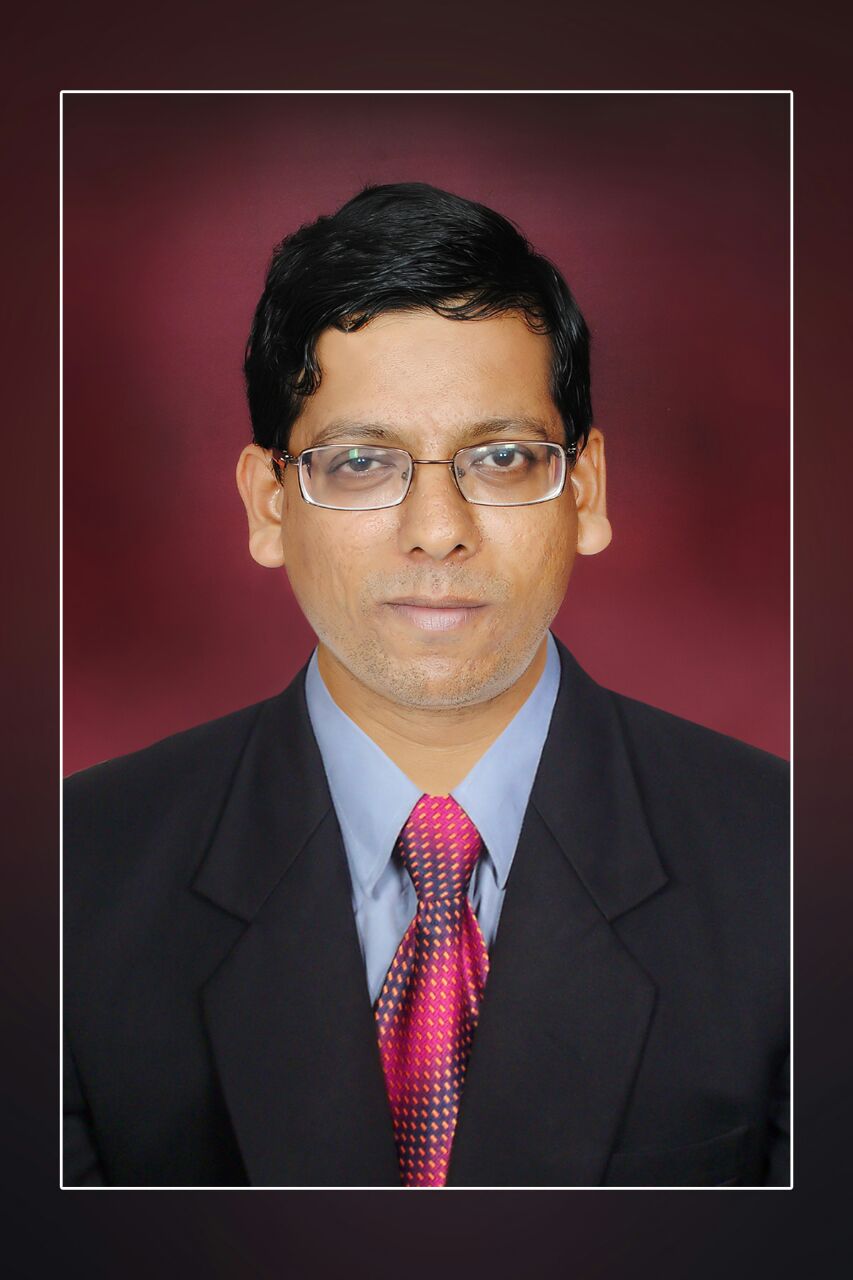Are you looking for stability and growth in your investments? Do you seek a dynamically managed investment option to attain financial goals? You could invest in balanced advantage funds. It is a hybrid mutual fund that invests its assets in equity and debt securities.
Balanced advantage funds follow a dynamic asset allocation strategy. It gives them the flexibility to dynamically adjust asset allocation between equity and debt. Many pure equity funds are impacted by the recent volatility in the stock market. It helps to understand that many investors are looking for a less volatile investment than pure equity funds. Should you try balanced advantage funds?
What are balanced advantage funds?
Balanced advantage funds are hybrid funds that invest in equity and debt through a dynamic asset allocation strategy. For instance, the fund has the flexibility to increase exposure up to 80% in stocks. It does so when the stock markets are undervalued and expected to rise significantly.
Moreover, balanced advantage funds can reduce exposure to stocks up to a minimum threshold of 30% while investing the remaining assets in debt securities. It helps to understand that balanced advantage funds reduce equity exposure and simultaneously increase exposure to debt when stock markets are expected to correct.
Balanced advantage funds have the flexibility to significantly reduce exposure to equity or debt depending on stock market fluctuations. It can offer inflation-beating returns over time and help you attain medium-term financial goals.
Why do investors prefer balanced advantage funds when stock markets are volatile?
Many first-timers in the stock market prefer balanced advantage funds as they are less volatile than pure equity funds. It has a sizable exposure towards debt securities which cushion the portfolio during a stock market downturn. For instance, data from AMFI shows the Assets Under Management (AUM) of balanced advantage funds increasing from Rs 93,038 crore in October 2020 to Rs 1.56 lakh crore as of October 2021.
Balanced advantage funds have the freedom to adjust equity allocation between 30% to 80%, depending on stock market conditions. For example, the fund will reduce equity exposure when stock markets are overvalued to preserve investor wealth in case of a stock market correction. Moreover, the fund will hike equity exposure to tap favourable stock market conditions and maximise investor returns.
Pure equity funds may crash heavily during a stock market downturn. Novice investors in the stock market prefer safer investments during volatile market conditions. Many senior citizens are investing in balanced advantage funds instead of bank FDs as banks have steadily cut interest rates offered on their fixed deposits.
How to pick the right balanced advantage fund?
You must select balanced advantage funds that have performed consistently well during the bull and bear market phases. It helps to study the portfolio’s equity portion for exposure towards different stocks and sectors. For instance, many investors avoid balanced advantage funds with a higher exposure towards small-cap stocks.
You must also check the debt portion of the portfolio for exposure towards financial securities of a higher credit rating. It helps to understand that financial instruments with higher credit ratings rarely default on principal and interest payments.
You could select a balanced advantage fund with a lower expense ratio. It is the cost of managing the investment, and you must pick funds with a lower expense ratio to increase overall returns over time.
You must invest in balanced advantage funds with a time horizon of three to five years. It is suitable for investors with a moderate risk tolerance who seek inflation-beating returns over time. In a nutshell, balanced advantage funds have a built-in asset allocation strategy to rebalance the portfolio tax-efficiently.
For any clarifications/feedback on the topic, please contact the writer at cleyon.dsouza@cleartax.in

I write to make complicated financial topics, simple. Writing is my passion and I believe if you find the right words, it’s simple.





